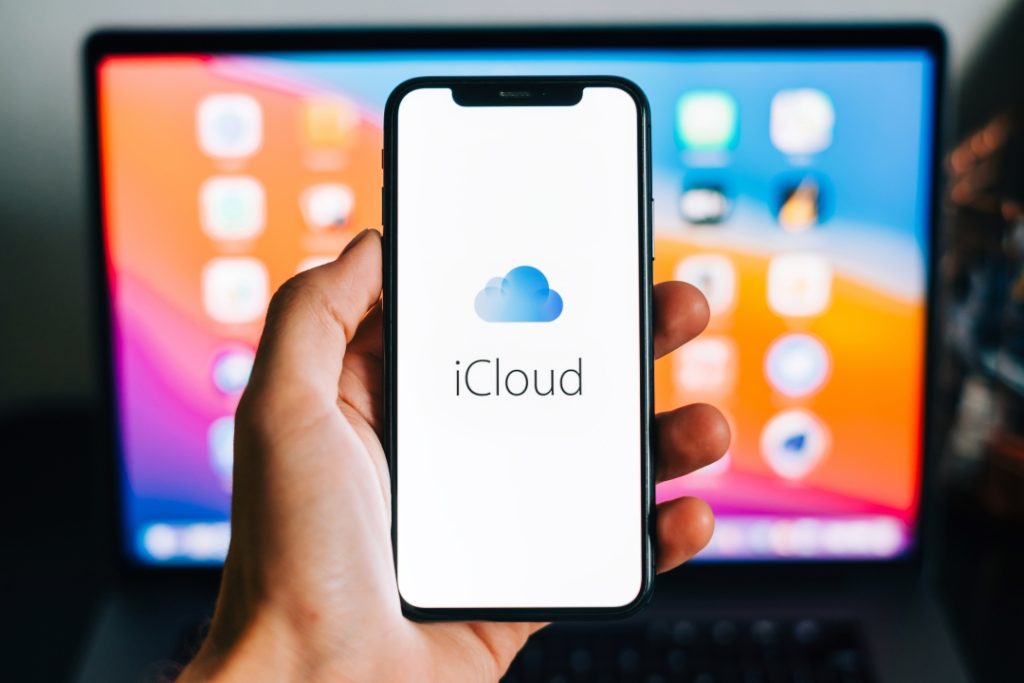iCloud is an incredibly convenient way to back up your most important files – including the precious photos and videos you have saved on your iPhone or iPad.
But have you ever thought about what happens if you turn iCloud photos off?
The idea of this scares many people. They imagine themselves frantically panicking as their photos disappear one-by-one, deleted off your device and no longer accessible.
Thankfully, you don’t have to worry. Apple has thought this through, and your photos can still be retrieved even if you’ve turned iCloud photos off by accident.
In this article, we’ll go over everything that you need to know.
What Happens If You Turn Off iCloud Photos?

If iCloud Photos are turned off, all iCloud photos (including those in your photo stream) will be deleted from your device. Photos taken on your phone (and saved to your device’s camera roll) will remain, where as all downloaded photos from iCloud will be automatically removed.
If you have another device utilizing iCloud, the iCloud photos will also remain permanently on that other device. Should you wish to get the iCloud photos back onto your current device, all you need to do is turn iCloud photos back on.
Note that if you do not have another device using iCloud, your photos will still remain on iCloud.com for 30 days. This means that you can still retrieve and download them using an alternate device.
However, if you do not save a copy and you do not have another device to sync the photos to, they will be permanently deleted after 30 days have passed.
If you plan on turning off iCloud photos, it is strongly recommended you download and make an offline backup of all of your photos and videos in case you lose access to your account.
Will I Lose My Photos If I Turn Off iCloud Photos By Accident
First of all, only the iCloud Photos that aren’t actually in your camera roll will be removed. This means photos that have been deleted all of your phone, or were synced to your phone from other devices.
Photos that are stored locally on your phone and were taken with your current phone’s camera will not be deleted, as a full copy is already saved onto your device.
Of course, as soon as you turn iCloud Photos off, your iPhone will begin automatically removing the iCloud Photos, which will remain stored on iCloud for at least 30 days.
You can have the photos automatically redownload to your phone by turning iCloud photos back on.
To turn iCloud photos on, follow these steps:
- Open your iPhone or iPad’s ‘Settings’ app.
- Tap on your name, which should be the first option under the ‘Settings’ header.
- Tap on ‘iCloud.’
- Tap on ‘Photos.’
- Toggle the ‘iCloud Photos’ button to ‘On.’
iCloud photos should now be reenabled, and will automatically begin downloading to your device as long as you have an internet connection. Note that Do Not Disturb can prevent iCloud photos from uploading or downloading in the background, so you may wish to turn Do Not Disturb mode off it is currently on.
Do I Really Need iCloud? iCloud Alternatives
Some people have wondered if it’s even worth storing photos on iCloud, especially if they’re at the point where they have to pay monthly fees for more storage.
Ultimately, this is a personal decision. However, I wanted to point out that iCloud is not the only photo storage service in the business – and perhaps not even the best!
iCloud’s big advantage is that it’s seamless, and everything gets synced between devices without you having to even think about it. So if you already have other devices that are a part of Apple’s ecosystem (such as an iPad, Mac, or Apple TV), iCloud is probably the best service to transfer things between the devices.
The same holds true if you want to automatically share photos with your spouse or significant other.
That being said, many people also prefer alternative options such as Dropbox or Google Drive. This is especially true if they plan on using their files on a Windows PC, or sharing the photos with others outside of their family.
Of course, because iCloud is so heavily integrated into iOS, it may be a good idea to use a hybrid approach – enable iCloud for important device files (such as app data, contacts, notes etc.) and an alternative service for more data-heavy media, like photos or videos.
Conclusion
Thankfully, your photos are still accessible even if you turn iCloud photos off. Only photos that are manually deleted from your camera roll are deleted from iCloud.
If you’ve disabled iCloud photos by accident, you can simply turn them back on and they will redownload to your device. Otherwise, visit iCloud.com and sign in to retrieve your photos.
iCloud may not store them forever, so it would be best to download them from iCloud’s website to ensure that you have a local copy saved. Additionally, it’s always a good idea to make extra backups just in case.
I hope that you’ve found this article helpful. If you have any other questions about iCloud, please ask them using the comment form below.
Wishing you the best,
– James McAllister
